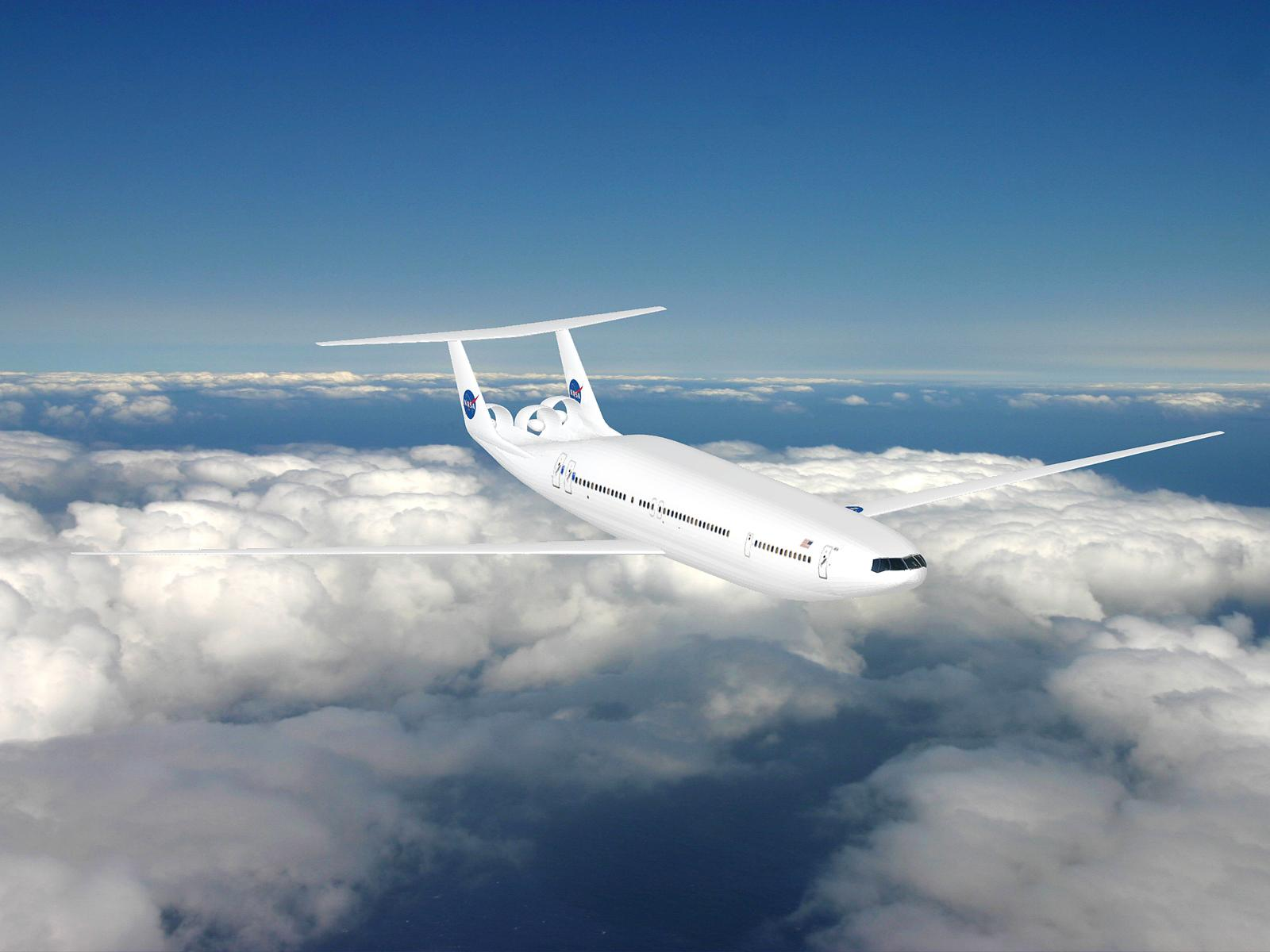By Saya Takii
Genes are made up of DNA, composed of two chains forming a double helix. They carry important information for every individual or the coding of our development, growth, functioning and reproduction.

By 2030 I’d like to be…. working in the field of Biochemistry specifically in genetics. The ACS defines biochemistry as ‘the study of the structure, composition, and chemical reactions of substances in living systems.’
Ever since I was a child, my dream jobs have always resided in the STEM world; first as an astronaut when I was four and then a veterinary doctor throughout primary school. Upon more exposure to different areas and fields of science in high school, I was very intrigued by how different chemicals interact and carry out everyday processes and in everyday life. For Year 11 I have made an informed decision to study Biology, Chemistry, Physics, Extension 1 Mathematics, Advanced English and Engineering, covering all areas in STEM. In Year 12, I plan to extend my abilities and knowledge by picking up Extension 2 Mathematics. I believe that it is important for more students especially young women to be involved in STEM to account for the rising demand for STEM careers.
I believe that my love for Science and Mathematics will be able to be expressed in the field of Biochemistry. Natural selection and genetics are specific topics of interest to me because of the way slight genetic mutations are selected over time in order to maximise the chances of producing offspring, a concept scientific yet philosophical at the same time.
Recently I visited the Garvan Institute of Medical Research and learned about how they examine genomes for analysis in determining certain aspects of a person’s health such as the potential to carry certain diseases and whether a certain drug will be effective for that individual. I was very inspired and amazed by this and believe that genetic research is highly important and useful to improve the lives of people with genetic diseases and treatments of various life-impacting diseases. By 2026, the demand for geneticists will increase by 29%. For instance, they will carry out research into how different genomes affect the likelihood for certain personality traits and addictions. Through such research and analysis, I hope to develop and discover treatments and more efficient ways to detect, diagnose and treat diseases. Sir David Weatherall, Emeritus Regius Professor of Medicine and founder of the Weatherall Institute of Molecular Medicine in Oxford, U.K. states, “I think there will be huge opportunities … in integrating mathematics and genetics. This is an area of genetics that is less popular and really … important.” My interest and skills in genetics and mathematics will be extremely useful in this area.
The ‘Exploring STEM Careers’ day has provided me with a rare and fortunate opportunity to observe the processes and lives of different careers in the STEM industry.
The trip to Cochlear was highly insightful and allowed me to realise the extent and detail it takes for each and every product to reach people in need and to impact their lives in such a significant and inspiring way.
Through this experience, I was able to further shape my dream career and future goals to be working to help and improve the lives of as many people as possible.
I hope to be working globally throughout my career with scientists not only in the same field but also collaborating with scientists and people in other fields such as engineering and statistical analysis to efficiently and effectively reach and achieve certain goals and solutions.
In the future, I would like to pursue a career in Biochemistry undertaking genetic research to help detection and treatment within genetic diseases and creating effective treatment options to improve peoples’ lives.
Bibliography
Reference, G. (2019). What is DNA?. [online] Genetics Home Reference. Available at: https://ghr.nlm.nih.gov/primer/basics/dna [Accessed 25 Aug. 2019].
Science | AAAS. (2019). The Future of Genetics–Career Opportunities for Young Scientists. [online] Available at: https://www.sciencemag.org/careers/2006/09/future-genetics-career-opportunities-young-scientists [Accessed 24 Aug. 2019].
Alrc.gov.au. (2019). The importance of human genetic research | ALRC. [online] Available at: https://www.alrc.gov.au/publications/13-regulation-human-genetic-research/importance-human-genetic-research [Accessed 24 Aug. 2019].
YouTube. (2019). What is Biochemistry? What do Biochemists study? | Biology |. [online] Available at: https://www.youtube.com/watch?v=uM1t0mWXU30 [Accessed 24 Aug. 2019].
Ntnu.edu. (2019). What is Biotechnology? – Department of Biotechnology and Food Science – NTNU. [online] Available at: https://www.ntnu.edu/ibt/about-us/what-is-biotechnology [Accessed 24 Aug. 2019].




